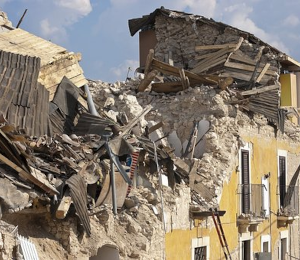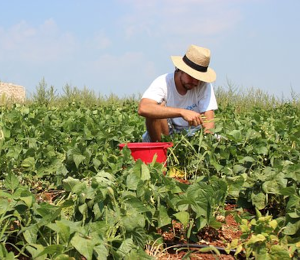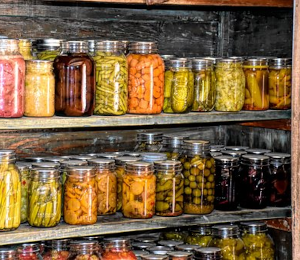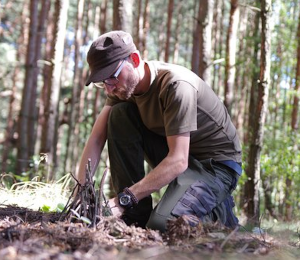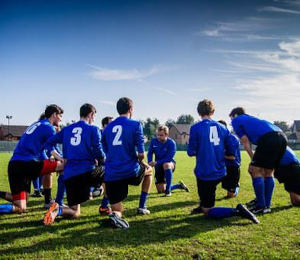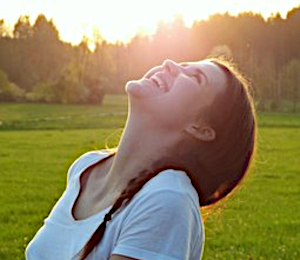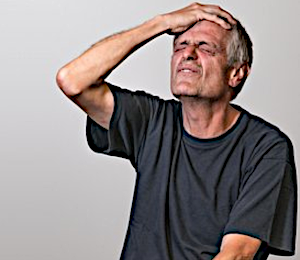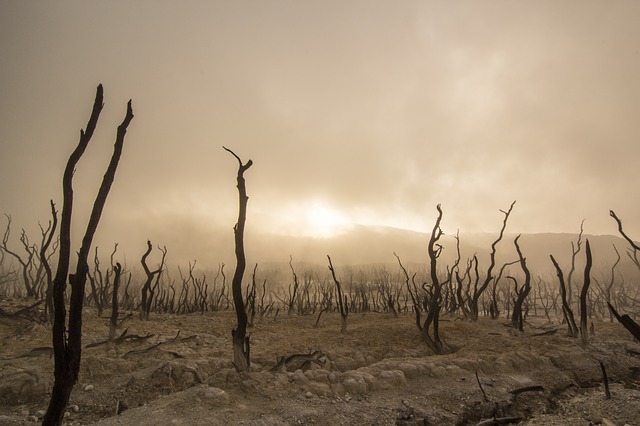
Why talk about drought?
Droughts have wide-ranging adverse economic, environmental, and social impacts as rivers, reservoirs, groundwater levels, and soil moisture all drop. Lack of rain for an extended period can cause losses to crops, timber, livestock, and fisheries. Water shortages for home use and industry may result, affecting personal and environmental sanitation. Environmental losses from water shortages may occur due to an increase in the number of fires and the amount of dust and concentrated water pollution.
What is a drought?
A drought is a period of abnormally dry weather that persists long enough to produce a serious hydrologic imbalance, causing, for example, crop damage and shortages in the water supply. The severity of a drought depends on the degree of moisture deficiency, the duration, and the size of the affected area. Drought can be defined in three ways:
- Meteorological Drought – when an area gets less precipitation than normal. Due to climatic differences, what is considered a drought in one location may not be a drought in another location.
- Agricultural Drought – when the amount of moisture in the soil no longer meets the needs of a particular crop.
- Hydrological Drought – when the surface and subsurface water supplies are below normal.
Communities must know how to conserve fresh water and be able to differentiate between essential and non-essential uses of water in times of shortage. Everyone should learn and practice the water-saving actions that follow:
Indoors
- Never pour water down the drain when there may be another use for it.
- Make sure your home faucets and toilets are leak-free.
- Consider purchasing a low-volume toilet that uses less than half the water of older models.
- Put a brick, or another large solid object, in your toilet tank to reduce the amount of water used in flushing.
- Avoid flushing the toilet unnecessarily. Dispose of tissues, insects, etc. in the trash.
- Take shorter showers.
- Replace your showerhead with an ultra-low-flow version.
- Do not let the water run while brushing your teeth, washing your face, or shaving.
- Operate the automatic dishwasher only when it is fully loaded.
- Use two containers – one with soapy water and the other with rinse water – when washing dishes by hand.
- Operate the automatic clothes washer only when it is fully loaded, or set the water level for the size of your load.
- Retrofit all household faucets with aerators with flow restrictors.
- Consider installing an instant hot water heater on your sink.
- Insulate your water pipes to prevent them from breaking if you have a sudden and unexpected spell of freezing weather and to reduce heat loss.
- Install a water-softening system only when the minerals in the water would damage the pipes. Turn the softener off while on vacation.
- When purchasing a new appliance, choose one that is more energy and water efficient. If you are considering installing a new heat pump or air-conditioning system, be aware that the new air-to-air models are just as efficient as the water-to-air and do not waste water.
Outdoors
- Check your well pump periodically if you have a well at home. If the pump turns on and off while water is not being used, you have a leak and should have it repaired immediately.
- When washing your car, use a shut-off nozzle on your hose that can be adjusted down to a fine spray, so that water flows only as needed. Consider using a commercial car wash that recycles water.
- Do not over-water your lawn. If it does not rain, lawns need to be watered only every five to seven days in the summer and every 10 to 14 days in the winter. Most of the year, lawns need only one inch (2.5 centimeters) of water per week. Buy a rain gauge so that you can better determine when to water. Avoid watering during the hottest time of day and avoid watering paved areas.
- Raise your lawn mower blade to at least three inches (7.6 centimeters) or to its highest level and avoid over-fertilizing your lawn.
- Consider installing a new water-saving pool filter if you have a swimming pool. Cover pools and spas when not in use to reduce evaporation of water.
- Plant native and/or drought-tolerant grasses, ground covers, shrubs, and trees. Once established, they do not need water as frequently and usually will survive a dry period without watering. They also require less fertilizer and fewer herbicides.
- Install irrigation devices that are the most water efficient for each use. Micro and drip irrigation and soaker hoses are examples of efficient devices.
- Use mulch to retain moisture in the soil.
- Do not buy water toys that require a constant stream of water.
- Do not install ornamental water features (such as fountains) unless they use recycled water.
- Make sure that any animals, particularly those housed outdoors, have plenty of clean water.
Facts and Fiction
- Fiction: A few days of heavy rain will end a drought.
- Fact: It takes a long time for a drought to develop and a long time for it to end. An overall rainfall deficit and a low water table will usually not be eliminated by one rainfall. However, a heavy rain, while not ending a drought, can help alleviate its effects on agriculture.
- Fiction: It is best to water the lawn in the afternoon.
- Fact: You should avoid watering during the hottest time of the day. It is best to water in the early morning hours or in the late afternoon so that the water does not evaporate as quickly.
- Fiction: You will know your area is in a drought because everything will be dry and vegetation will be brown.
- Fact: A rainfall of short duration may make vegetation green up but will not alleviate a drought. Droughts take many months to begin, and they can take months or years to end. A drought is a long-term situation.


